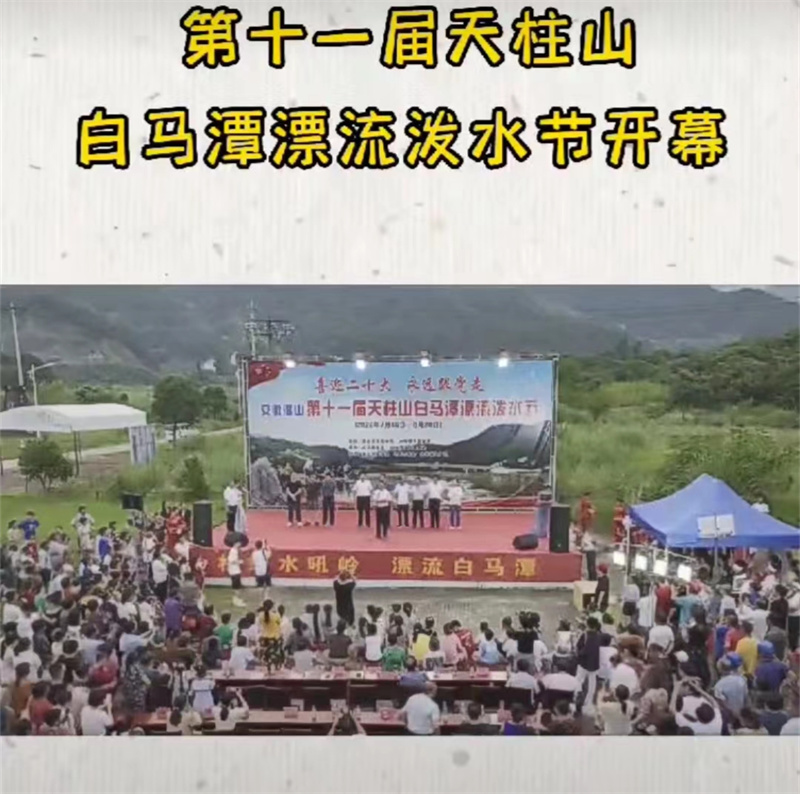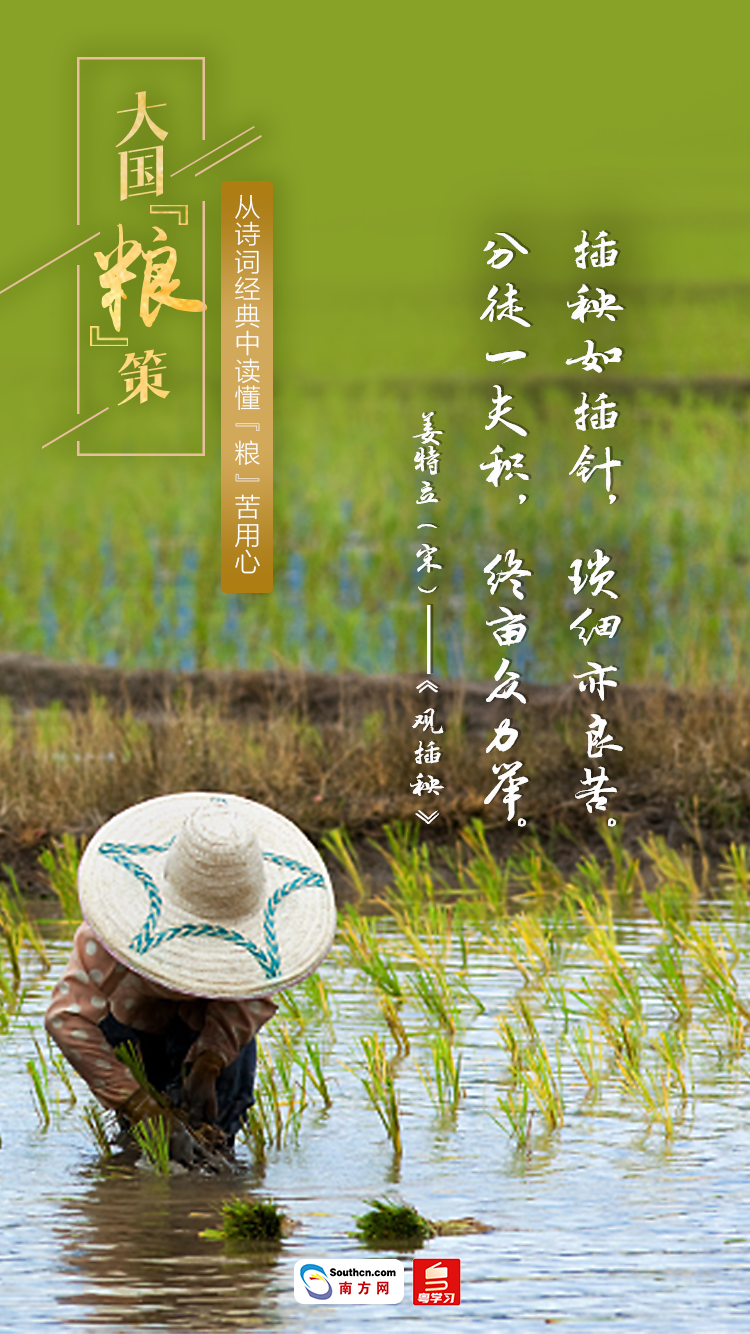The National Cultural Center adds "golden business cards"
Author:Guangming Daily Time:2022.07.25
The National Cultural Center adds "golden business cards"
——The writing at the opening of the first Beijing Cultural Forum
Culture is the soul of a country and a nation.
From July 25th to 26th, the Beijing Cultural Forum was held. As a national cultural center, another "golden business card" is added.
As a historical and cultural city with a history of more than 3,000 years and more than 860 years of history, the world's first "double Olympic city". Beijing, as a national cultural center and the capital of a socialist country, has the responsibility and responsibility and responsibility of the implementation of cultural power strategies and The mission is about the overall construction of a cultural power.
Diversity of culture
"Changjin Lake", "War Wolf 2", "Hello, Li Huanying", "The Demon Children of Nezha", "Wandering Earth" ...
As of now, the top five films on the Chinese Film Box Office are all "Beijing." At the end of 2021, the cultural industry above the designated size of Beijing achieved operating income of 1756.38 billion yuan, an increase of 17.5%year -on -year, accounting for 14.75%in the country.
Speaking of Beijing, what impresses people the most is the thick historical and culture.
Today, Beijing is supporting the "one axis, two districts, and three belts" to outline the fundamentals of the protection and utilization of historical and cultural cities.
Among them, the "one axis" is the central axis of Beijing. The central axis built in the Yuan Dynasty has always been unchanged during the development of more than 700 years. It has become an important carrier of the cultural self -confidence of the capital of the country; The core carrying area of Beijing History and Cultural City is a testimony of the long -term culture of the ancient capital of Beijing; the "three belts", including the Grand Canal Cultural Belt, Great Wall Cultural Belt, and Xishan Yongding River Cultural Belt, covering 500,000 years of human history, 10,000 years The history of cultural history is as the history of the establishment of the city and the capital in Beijing.
With the development and changes of science and technology, the integration trend of Beijing science and technology and culture has become increasingly obvious, and technology empowerment culture has become one of the significant features of the high -quality development of the capital.
Pay attention to the unique role of Zhongguancun's independent innovation demonstration zone. In Beijing, a group of high -tech achievements have entered traditional cultural industries such as performing arts, publishing, and film and television. The development of new technologies has also spawned the new formats of many cultural industries such as e -sports and the universe. The proportion of digital cultural enterprises produced in the Beijing cultural industry is increasing.
The Shijia Hutong Museum, China Bookstore Lanshi Portal Store ... It is not difficult to find these cultural facilities on the map. The living circle of many capital citizens and the public cultural space scattered on the streets and alleys are closely closed. More and more residents are in the cultural atmosphere of "tentacles".
In recent years, Beijing has focused on the organic combination of cultural soft power with the layout of urban space, and promoted the old factories to change the cage and change the birds, transform and upgrade. New landmarks such as Beijing Fang, Longfu Temple, Yongyuan, and other urban cultural land have become the bearing place for urban renewal, the gathering place for high -quality cultural enterprises, and a punch place for citizens' cultural consumption.
Rich cultural activities
"My family lives in Beijing, and the second ring rings, the middle axis Gulou Street, turns east to the east ..." From July 22nd to 24th, the Beijing -Weier drama "簋 Street" produced by Beijing Performing Arts Group was used as Beijing as Beijing. The 70th anniversary of the founding of the People's Art Theater invited the show to perform 3 consecutive games in the Capital Theater.
The auspicious theater that the drama fans are heartbornly opened after 28 years. The Beijing International Drama Center opened the trial operation in the new typesetting "Sunrise". In the appearance of a new space for performing arts, Beijing citizens have more good places to watch big dramas.
There are nearly 500 a month covering a variety of performances such as talked dramas, musicals, dance dramas, opera, children's dramas, concerts, etc., which has made the cultural business card of "Beijing watch Beijing" closer and closer to the people's lives.
The place of the Beijing Cultural Forum is the best embodiment of Beijing as the city of drama.
As the core area of the capital function, the cultural resources of Dongcheng District are obvious and the drama resources are unique -there are 40 theater in the area, accounting for nearly one -third of the total number of art theater in the city. There are currently 79 performance groups and 293 performance agencies, with an average of more than 5,000 performers per year in the region, and about 300 million yuan in the performance of the performance. One share.
Beijing is also one of the cities with the most museum resources in the world, and is a veritable museum city.
On September 13, 2019, the Xiangshan Revolutionary Memorial Museum was officially opened to the public. In the past three years, the Xiangshan Revolutionary Memorial Hall has the exhibition as a "textbook" for the history of the Xiangshan Revolution. Through a series of high -quality exhibitions, it commemorates the theme activities such as the Central Committee of the Communist Party of China and the donation of cultural relics and the history of the "Xiangshan Revolutionary Spirit and History and Cultural Theory The seminar "vividly tells revolutionary stories vividly, and has been widely recognized and praised by all sectors of society. On July 20, the Xiangshan Revolutionary Memorial Hall has accumulated a total of 1 million viewers.
As of the end of 2021, Beijing had a total of 204 registered museums, with a total of more than 16.255 million collections (sets). It is one of the largest cities in the world's museums. The city's city layout is increasingly clearer.
The "Statistics of the National Economic and Social Development Statistics of 2021" shows that there are 24 public libraries in Beijing with a total collection of 73.08 million copies; the number of physical bookstores in the city exceeds 2,000, ranking first in the country in the country. Self -study, lectures, visiting the market ... In Beijing, physical bookstores are no longer a single book store. The composite cultural spaces such as art bookstores, free museum bookstores, and caught fish circulating shops have brought more fun to reading; Niche Bookstores, Shanyuan Books House, and humorous bookstores have attracted a group of loyal readers with their distinctive features; The Beijing -Hangzhou Grand Canal Academy, China Bookstore Lvxin Park, CITIC Bookstore Natural Bookstore, etc. let book incense bloom deep in the park, accompany the citizens to spend their leisure time. In 2021, Beijing carried out more than 30,000 special reading activities, affecting and covering more than 20 million people.
Culture leads the capital to develop a new journey
In Xicheng District, the concept of "showing the shoreline and returning to the lake to the people" has made the noisy Shichahai quiet in recent years.
Strengthen the organic integration of urban construction and natural landscapes, highlight the characteristics of landscape city landscape, so that residents can see the mountains, see water, and remember the nostalgia. The concept is breaking the question from culture.
In October 2018, the West Sea Wetland Park was officially opened to Beijing citizens. The park integrates the canal culture and wetland culture, restores the rich species of species in the region, builds the environment of birds inhabiting, and builds a urban wetland ecosystem that is harmoniously symbiotic and symbiotic in nature.
In Beijing, if you want to appreciate the culture of the ancient capital, you have to go to the red walls and yellow tiles; if you want to feel the Jingwei culture, you must get into the Hutong alley Mo Li in the core area. In Beijing, there is a fashionable side in culture.
In Chaoyang District, where the only national cultural and creative experimental area is located in the country, bid farewell to the closed operation model and actively embrace the people's livelihood, and is becoming a new idea to promote the integration of the cultural industry.
There is a Langyuan in the district, a well -known cultural industrial park. In recent years, the park has vigorously introduced bookstores, coffee shops and performing arts centers, and successively operated more than ten cultural experience modules including movies, literature, music, Kunqu, drama, youth education, and public welfare.
Like Langyuan, more and more characteristic cultural and creative gardens in Beijing have opened the wall and become museums, living rooms, back gardens, libraries in cities, to enrich the cultural life of citizens.
From the perspective of many Beijingers, the real historical and cultural block does not need to create any additional attractions. Good carrier.
Facing the new journey of promoting the development of the capital in the new era, the rich and thick Beijing culture plays a unique leading and promoting role, and it is always endless and urged.
(Newspaper reporter Dong Chengcheng Zhang Jinghua Han Ye Cing)
【Edit: Sun Jingbo】
- END -
The 11th Tianzhu Mountain Baimatan Drifting Water Pour Section of Qianshan City opened

On July 16th, the Eleventh Drifting Water Festival was held in the Baimatan Scenic...
The "grain" strategy of the big country 丨 read the "food" from the classics of poetry and poetry

Nowadays, the Sanxia is busy season. Looking at the land of Huaxia, the colorful r...